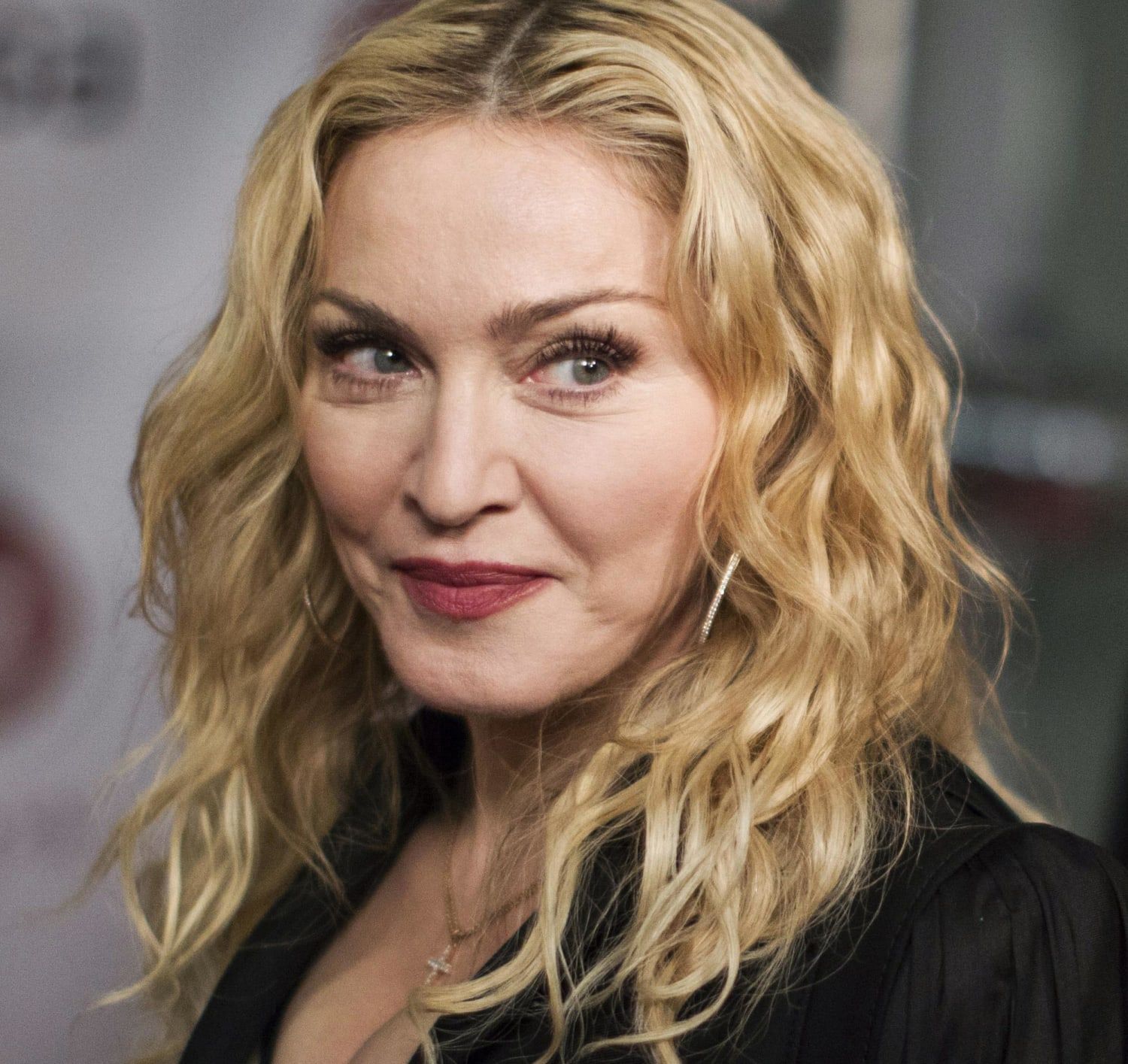
Audrey Kathleen Hepburn, born Audrey Kathleen Ruston, remains, decades after her passing, an indelible figure in the cultural consciousness—a name synonymous with elegance, grace, and an almost ethereal charm. Yet, beneath the shimmering veneer of a film and fashion icon, recognized by the American Film Institute as the third-greatest female screen legend from Classical Hollywood cinema, lies a narrative far richer and more complex than her enduring public image often conveys. Hers was a life profoundly shaped by early hardship and an unwavering spirit, a trajectory that saw her transcend the brutal realities of war-torn Europe to become an international cinematic sensation, ultimately dedicating her later years to alleviating suffering on a global scale. This journey, from a sheltered aristocratic childhood to a world-renowned humanitarian, offers a compelling portrait of resilience and purpose.
Indeed, Hepburn’s remarkable ascent was not merely a consequence of innate talent or captivating beauty; it was forged in the crucible of extraordinary circumstances. Her multinational background, punctuated by displacement and the stark realities of conflict, instilled in her a unique perspective that would later inform both her artistic sensibilities and her profound philanthropic endeavors. Understanding the foundational experiences of her youth is crucial to apprehending the depth and authenticity of her later achievements, both on screen and in her dedicated service to humanity.
We embark now on an in-depth exploration, tracing the intricate threads of her early life, her tenacious pursuit of artistic expression despite formidable obstacles, and her meteoric rise to the pantheon of Hollywood legends. This examination reveals how the early trials and triumphs sculpted a woman whose influence extended far beyond the silver screen, leaving an indelible mark on cinema and, perhaps even more significantly, on the lives of the world’s most vulnerable children. Her story is a testament to the transformative power of compassion, resilience, and an unyielding commitment to making a difference.
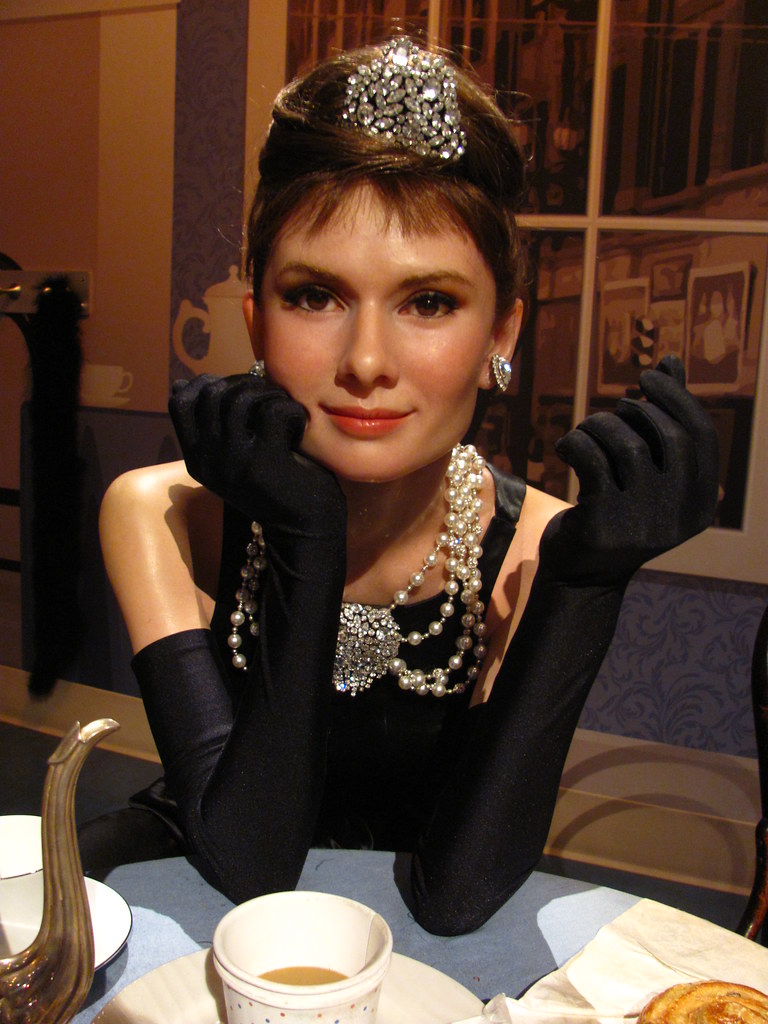
1. **Early Life and European Roots**Audrey Kathleen Ruston entered the world on May 4, 1929, in Ixelles, a charming municipality of Brussels, Belgium. Her heritage was a sophisticated blend of aristocratic lineage and international connections. Her mother, Baroness Ella van Heemstra, was a Dutch noblewoman whose father, Baron Aarnoud van Heemstra, served notably as the governor of Dutch Guiana and mayor of Arnhem. On her father’s side, Joseph Victor Anthony Ruston was a British subject, born in Austria-Hungary, who later adopted the more distinguished double-barrelled surname Hepburn-Ruston, believing himself descended from Scottish nobility. This early environment of European aristocracy and frequent travel, owing to her father’s work with a loan company, meant Hepburn’s childhood was initially both sheltered and privileged, though also imbued with a multinational character that would define her existence.
However, this seemingly idyllic early life was not without its shadows. The family moved frequently between Brussels, Arnhem, The Hague, and London, reflecting Joseph’s professional shifts. A significant rupture occurred in 1935 when her father abruptly left the family after a “scene” in Brussels, moving to London and becoming deeply involved in Fascist activity. This departure, which Hepburn later described as “the most traumatic event of my life,” left a lasting emotional impact, underscoring for her the profound need children have for both parents. Ella, Hepburn’s mother, had also, controversially, recruited and collected donations for the British Union of Fascists (BUF) in the mid-1930s, even meeting Adolf Hitler and writing favorable articles about him, a detail that starkly contrasts with Hepburn’s later humanitarian ethos.
After her parents’ official divorce in 1938, Hepburn was sent to a small private boarding school in Kent, England, in 1937, at her father’s insistence. Known affectionately as Audrey Ruston or “Little Audrey” during this period, she began her ballet lessons there, foreshadowing her lifelong dedication to the performing arts. Despite the emotional detachment, Hepburn would, decades later, locate her father through the Red Cross and financially support him until his death, a quiet testament to her innate empathy and capacity for forgiveness, even towards those who had caused her profound pain.
Read more about: Rick Davies, Supertramp Co-Founder and Enduring Force, Dies at 81: A Legacy of Rock, Resilience, and Unmistakable Sound
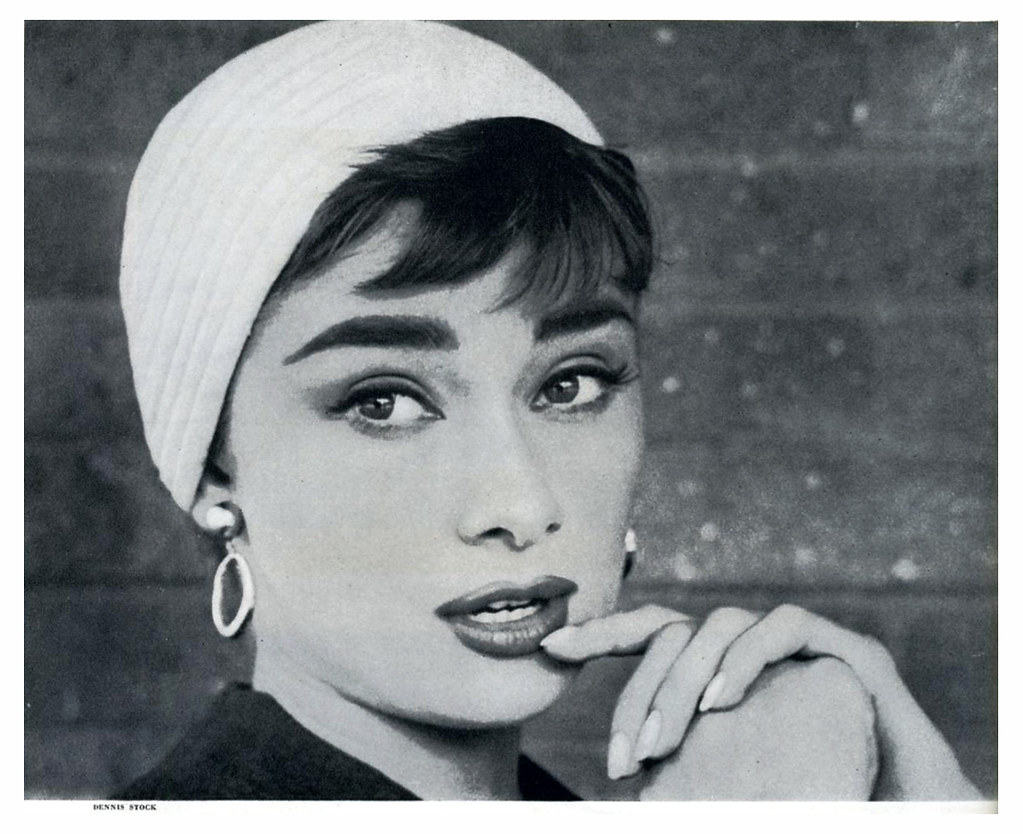
2. **World War II Experiences and Resistance Support**The outbreak of the Second World War dramatically reshaped Hepburn’s life. In September 1939, her mother moved her back to Arnhem, Netherlands, believing the country would remain neutral, much as it had during the First World War. This hope proved tragically misplaced, as Germany invaded in 1940. During the occupation, Hepburn adopted the Dutch-sounding name Edda van Heemstra to mitigate the dangers associated with an “English-sounding” name. The war years were marked by profound suffering and hardship for her family, mirroring the plight of countless others.
Tragedy struck when her uncle, Otto van Limburg Stirum, was executed in 1942 in retaliation for a resistance act, despite his non-involvement, targeted due to his family’s prominence. This event marked a crucial turning point for her mother, who had previously shown an alarming flirtation with Nazism. Her half-brother Ian was deported to a German labor camp in Berlin, while Alex, her other half-brother, went into hiding to avoid the same fate. Hepburn herself witnessed unspeakable horrors, including the transportation of Dutch Jews to concentration camps, stating, “more than once I was at the station seeing trainloads of Jews being transported, seeing all these faces over the top of the wagon.” She vividly recalled “one little boy standing with his parents on the platform, very pale, very blond, wearing a coat that was much too big for him, and he stepped on the train. I was a child observing a child,” an image that undoubtedly seared itself into her consciousness.
During these harrowing years, Hepburn, alongside her mother and aunt, moved to live with her grandfather, Baron Aarnoud van Heemstra, in Velp. It was here that she reportedly supported the Dutch resistance effort. While initially debated, later research and her own personal statements provided evidence of her involvement, giving “underground concerts” to raise money, delivering the underground newspaper, and carrying messages and food to downed Allied flyers hiding in the woodlands north of Velp. She also volunteered at a hospital that was a hub of resistance activities and, according to Hepburn, her family even temporarily hid a British paratrooper. Living conditions deteriorated severely after the Allied landing on D-Day, leading to the devastating 1944–45 Dutch famine, during which her family, like many others, resorted to making flour from tulip bulbs to survive. After the war, she was gravely ill with jaundice, anemia, edema, and a respiratory infection, a direct consequence of malnutrition, her life saved by penicillin purchased on the black market thanks to thousands of cigarettes sent by her mother’s former lover, Micky Burn. The war also decimated the Van Heemstra family’s financial situation, with many properties damaged or destroyed.
Read more about: Why Audrey Hepburn Carried a Hidden Struggle All Her Life
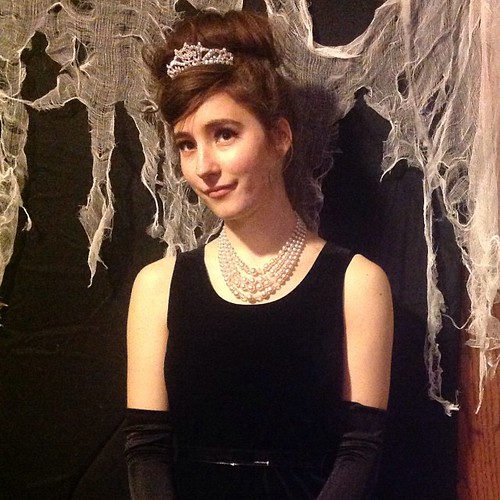
3. **Ballet Aspirations and Early Acting Career**Following the cessation of hostilities in 1945, Hepburn relocated with her mother and siblings to Amsterdam, a pivotal move that allowed her to intensify her ballet training under the distinguished tutelage of Sonia Gaskell, a leading figure in Dutch ballet, and the Russian teacher Olga Tarasova. This period was marked by the continued financial struggles of her family, with Ella working tirelessly as a cook and housekeeper for a wealthy family to support them. Hepburn’s dedication to dance remained fierce, a discipline and artistry that would serve her well in her later acting career.
Her foray into the cinematic world began modestly, with her film debut in 1948 playing an air stewardess in a Dutch educational travel film, ‘Dutch in Seven Lessons’. Later that year, pursuing her ballet dreams, Hepburn moved to London, having secured a scholarship with Ballet Rambert. To sustain herself in the British capital, she took on part-time modeling work, a pragmatic necessity that inadvertently introduced her to the world of fashion, a realm in which she would become an unparalleled icon. It was also during this period that she shed “Ruston” from her surname, opting for the more concise “Hepburn.”
However, a significant turning point arrived when Rambert, while acknowledging Hepburn’s undeniable talent, candidly informed her that her height and the lasting effects of wartime malnutrition had left her with a weak constitution, rendering the demanding status of a prima ballerina unattainable. It was a crushing blow to her lifelong ambition, yet it catalysed a shift in focus. Deciding to concentrate on acting, she immersed herself in the vibrant London West End musical theatre scene, appearing as a chorus girl in productions such as ‘High Button Shoes’ (1948), ‘Sauce Tartare’ (1949), and ‘Sauce Piquante’ (1950). These formative experiences, combined with elocution lessons from actor Felix Aylmer to refine her voice, honed her stage presence and prepared her for the serendipitous encounter that would propel her towards stardom.
Read more about: 12 Cinematic Deaths That Left Audiences Absolutely Shattered: From Heroic Sacrifices to Utterly Heartbreaking Tragedies
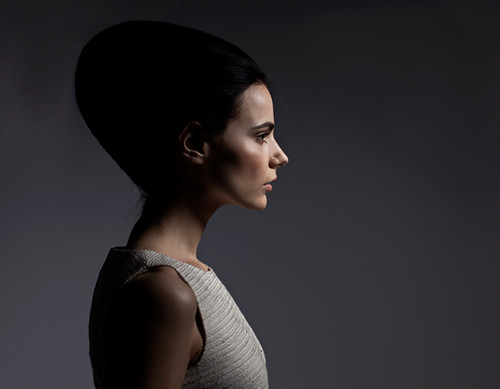
4. **The Breakthrough: ‘Roman Holiday’ and Instant Stardom**The critical acclaim Hepburn garnered for her Broadway debut in ‘Gigi’ laid the groundwork for her swift ascent. Life magazine hailed her as a “hit,” and The New York Times lauded her performance, stating that “her quality is so winning and so right that she is the success of the evening.” She was awarded a Theatre World Award for the role, a clear indication of her burgeoning talent. It was during this period of theatrical success that the opportunity arose for a screen test for ‘Roman Holiday’. Directed by William Wyler, who had initially considered Elizabeth Taylor for the lead, the screen test proved to be a pivotal moment. Wyler was captivated, later remarking, “She had everything I was looking for: charm, innocence, and talent. She also was very funny. She was absolutely enchanting, and we said, ‘That’s the girl!'”
This conviction led to Hepburn being cast as Princess Ann, a European royal yearning for freedom, a role that would etch her name into cinematic history. A testament to her immediate impact, co-star Gregory Peck, recognizing her exceptional star quality, insisted that her name receive equal billing above the title, a rare gesture for an unknown actress. Peck sagely predicted, “You’ve got to change that because she’ll be a big star, and I’ll look like a big jerk.” His foresight was profoundly accurate.
‘Roman Holiday’ was not merely a box-office success; it was a phenomenon that launched Hepburn into immediate global stardom. Her portrayal of Princess Ann garnered universal critical acclaim, leading to an unprecedented sweep of major awards for a single performance in 1953: an Academy Award for Best Actress, a BAFTA Award for Best British Actress in a Leading Role, and a Golden Globe Award for Best Actress in a Motion Picture – Drama. A. H. Weiler of The New York Times perfectly encapsulated her appeal, writing, “Audrey Hepburn… is a slender, elfin, and wistful beauty, alternately regal and childlike in her profound appreciation of newly-found, simple pleasures and love.” Her debut was nothing short of a triumph, signalling the arrival of a truly unique and enduring screen presence.
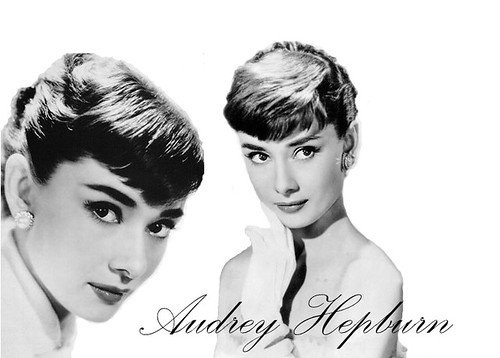
5. **Broadway Triumph and Marriage to Mel Ferrer**Following the resounding success of ‘Roman Holiday’, Audrey Hepburn was swiftly signed to an exclusive seven-picture contract with Paramount, a testament to her undeniable star power. The contract, thoughtfully structured, allowed for twelve-month intervals between films, affording her the precious time to pursue her passion for stage work. Her burgeoning fame was cemented when she graced the cover of Time magazine on September 7, 1953, and she rapidly became recognized not just for her acting prowess but also for her distinctive and influential personal style, which would soon become iconic.
Even amidst her blossoming film career, Hepburn remained deeply committed to the theatre. In 1954, she returned to Broadway in the fantasy play ‘Ondine’, where she took on the enchanting role of a water nymph who falls deeply in love with a human. Her performance was met with fervent critical acclaim. A reviewer for The New York Times marvelled at her ability to translate the play’s intangibles into a captivating stage presence, noting, “somehow, Miss Hepburn is able to translate [its intangibles] into the language of the theatre without artfulness or precociousness. She gives a pulsing performance that is all grace and enchantment, disciplined by an instinct for the realities of the stage.”
Her portrayal in ‘Ondine’ was so compelling that it earned her the 1954 Tony Award for Best Performance by a Leading Actress in a Play. Remarkably, this accolade arrived just three days after she received her Academy Award for ‘Roman Holiday’, an extraordinary feat that placed her among an elite group of only three actresses to win both an Academy Award and a Tony Award for Best Actress in the same year. It was during the production of ‘Ondine’ that a profound personal connection blossomed between Hepburn and her co-star, Mel Ferrer. Their relationship deepened, culminating in their marriage on September 25, 1954, in Switzerland, marking a significant milestone in her personal life amidst her burgeoning professional successes.
Read more about: Why Audrey Hepburn Carried a Hidden Struggle All Her Life
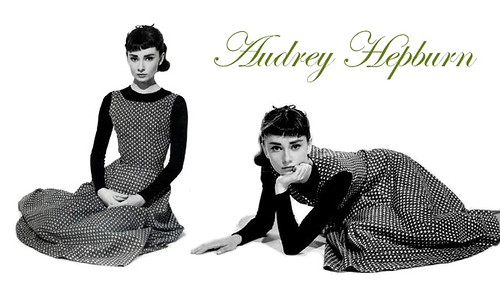
6. **Cementing Stardom: ‘Sabrina’ and ‘War and Peace’**With her star firmly on the ascendant, Audrey Hepburn continued to select roles that showcased her versatility and undeniable charm. Following her Broadway triumph and marriage, she starred in Billy Wilder’s romantic Cinderella-story comedy, ‘Sabrina’ (1954). In this delightful film, she captivated audiences as the innocent daughter of a chauffeur, whose affections are sought by two wealthy brothers, portrayed by screen legends Humphrey Bogart and William Holden. Her performance in ‘Sabrina’ earned her another Academy Award nomination for Best Actress in 1954, and she once again secured the BAFTA Award for Best Actress in a Leading Role the same year, solidifying her status as a critical darling.
Critics were effusive in their praise, with Bosley Crowther of The New York Times noting her exceptional range and sensitive expressions, observing that she was “even more luminous as the daughter and pet of the servants’ hall than she was as a princess last year, and no more than that can be said.” This role further cemented her appeal as an actress capable of conveying both profound vulnerability and spirited independence, resonating deeply with audiences and critics alike. Her growing popularity was underscored in 1955 when, despite having no new film releases, she received the prestigious Golden Globe for World Film Favorite.
Hepburn then embarked on a series of successful films throughout the remainder of the decade, becoming one of Hollywood’s most sought-after box-office attractions. A notable venture was her BAFTA- and Golden Globe-nominated role as Natasha Rostova in ‘War and Peace’ (1956), a grand adaptation of Leo Tolstoy’s sprawling novel set against the backdrop of the Napoleonic wars. Starring alongside Henry Fonda and her husband, Mel Ferrer, this epic drama allowed Hepburn to demonstrate her capacity for dramatic depth on a much larger canvas, further diversifying her impressive filmography and confirming her versatility across genres.
Read more about: The Heartbreaking Odyssey of Yasmine Bleeth: Unpacking the Tragic Details of a ‘Baywatch’ Star’s Fall and Enduring Struggle
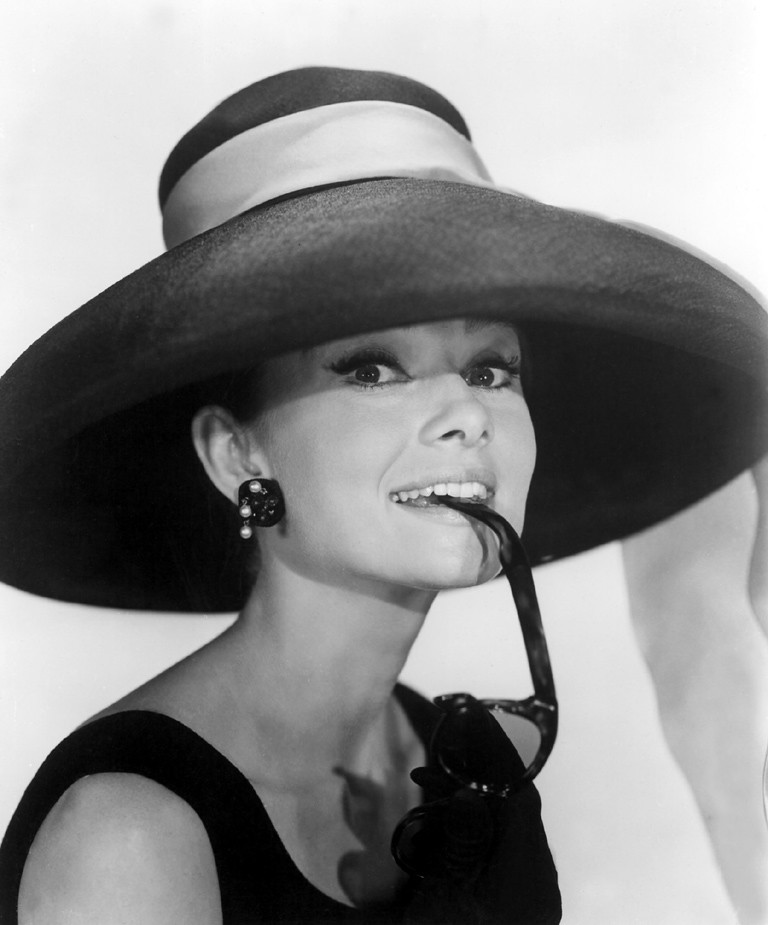
7. **Musical Ventures and Dramatic Depths: ‘Funny Face’ and ‘The Nun’s Story’**Audrey Hepburn’s cinematic journey in the latter half of the 1950s saw her elegantly navigate a diverse range of genres, proving her artistic dexterity. In 1957, she exhibited her long-honed dancing abilities in her debut musical film, ‘Funny Face’. Paired with the legendary Fred Astaire, who played a fashion photographer discovering her beatnik bookshop clerk, Hepburn radiated charm and talent. Lured by the promise of a free trip to Paris, her character transforms into a beautiful model, allowing Hepburn to showcase a lighter, more whimsical side that beautifully complemented her dramatic roles.
Later that same year, she starred in another romantic comedy, ‘Love in the Afternoon’, sharing the screen with cinematic giants Gary Cooper and Maurice Chevalier. These lighter roles, while hugely popular, contrasted sharply with the profound emotional weight of her next major project. In 1959, Hepburn took on perhaps her most demanding role to date as Sister Luke in ‘The Nun’s Story’. This poignant drama meticulously chronicled her character’s arduous struggle to succeed as a nun, portraying the inner turmoil and spiritual discipline required. Starring opposite Peter Finch, the film was a significant artistic departure, showcasing a raw vulnerability and intellectual rigor that profoundly impressed critics.
Her intense portrayal in ‘The Nun’s Story’ earned Hepburn her third Academy Award nomination and her second BAFTA Award, firmly silencing any lingering doubts about her dramatic capabilities. A review in Variety declared, “Hepburn has her most demanding film role, and she gives her finest performance,” while Henry Hart in Films in Review asserted that her portrayal “will forever silence those who have thought her less an actress than a symbol of the sophisticated child/woman. Her portrayal of Sister Luke is one of the great performances of the screen.” Hepburn herself acknowledged the immense effort, stating, “I gave more time, energy, and thought to this role than to any of my previous screen performances.” While ‘Green Mansions’ (1959) and her only Western, ‘The Unforgiven’ (1960), received a lukewarm reception, her commitment to challenging roles like ‘The Nun’s Story’ underscored her evolving maturity as an actress.
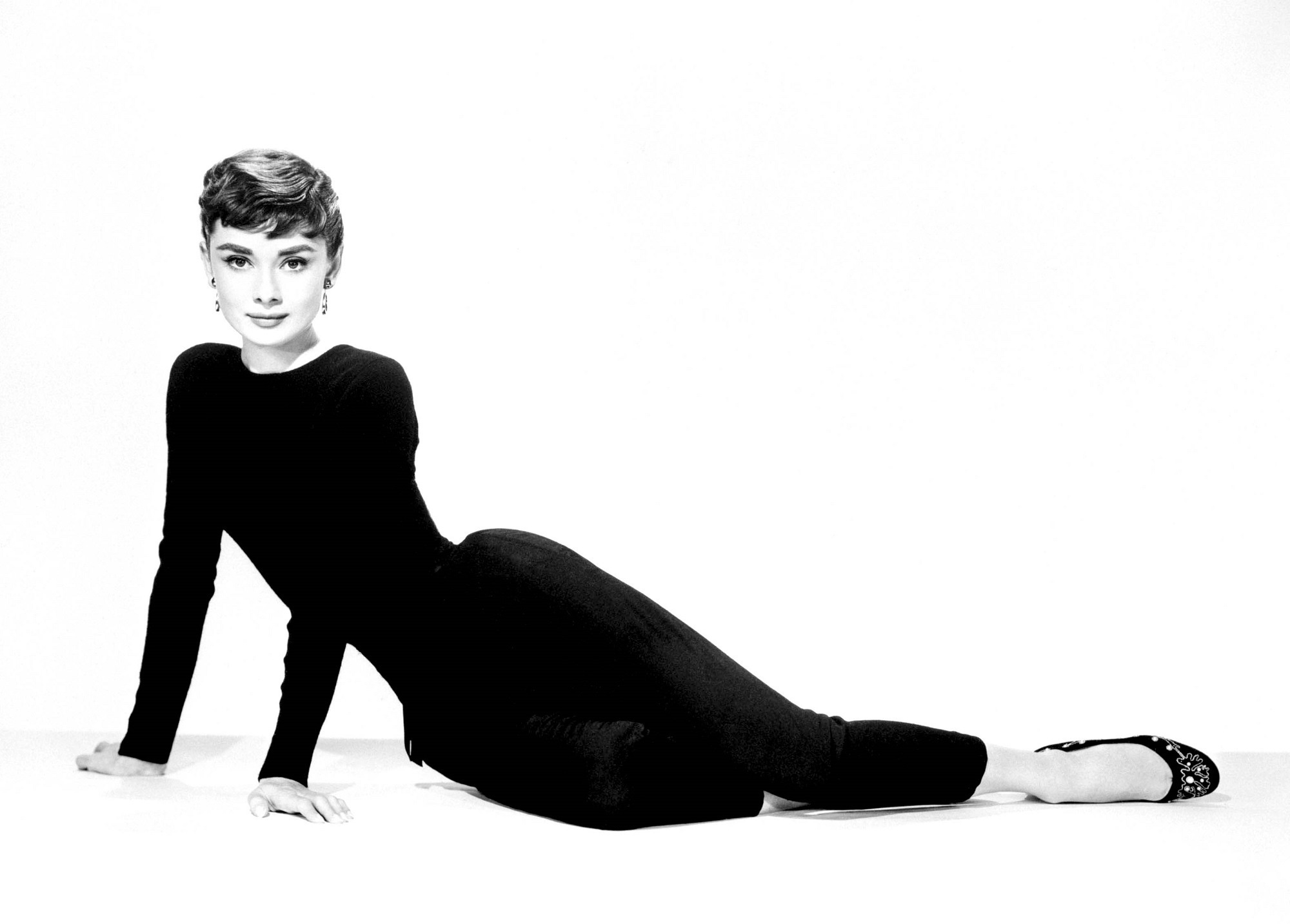
8. **The Icon of ‘Breakfast at Tiffany’s’ and ‘The Children’s Hour’**The early 1960s cemented Audrey Hepburn’s dual legacy as both a quintessential style icon and an actress of profound dramatic depth. Her portrayal of Holly Golightly in Blake Edwards’s 1961 film ‘Breakfast at Tiffany’s’ became an indelible image in American cinema. Despite screenwriter changes that sanitized Truman Capote’s original novella and Capote’s preference for Marilyn Monroe, Hepburn’s unique blend of sophistication and underlying vulnerability made Holly one of her most defining and celebrated roles.
Hepburn herself acknowledged the challenge, calling Holly “the jazziest of my career,” while admitting her introverted nature made playing the extroverted character “the hardest thing I ever did.” Nevertheless, her performance garnered another Academy Award nomination for Best Actress. The iconic little black dress she wore in the film’s opening scenes became an instant fashion legend, widely recognized as perhaps the most famous garment of its kind in 20th-century fashion history.
That same year, Hepburn ventured into significantly darker territory with William Wyler’s drama ‘The Children’s Hour’. Co-starring Shirley MacLaine, the film starkly depicted the tragic destruction of two teachers’ lives, victims of false accusations of a lesbian relationship. Critics praised Hepburn’s ability to convey “soft sensitivity, marvelous projection and emotional understatement,” with Bosley Crowther noting her impression of “being sensitive and pure” amidst the film’s challenging and “muted theme.”
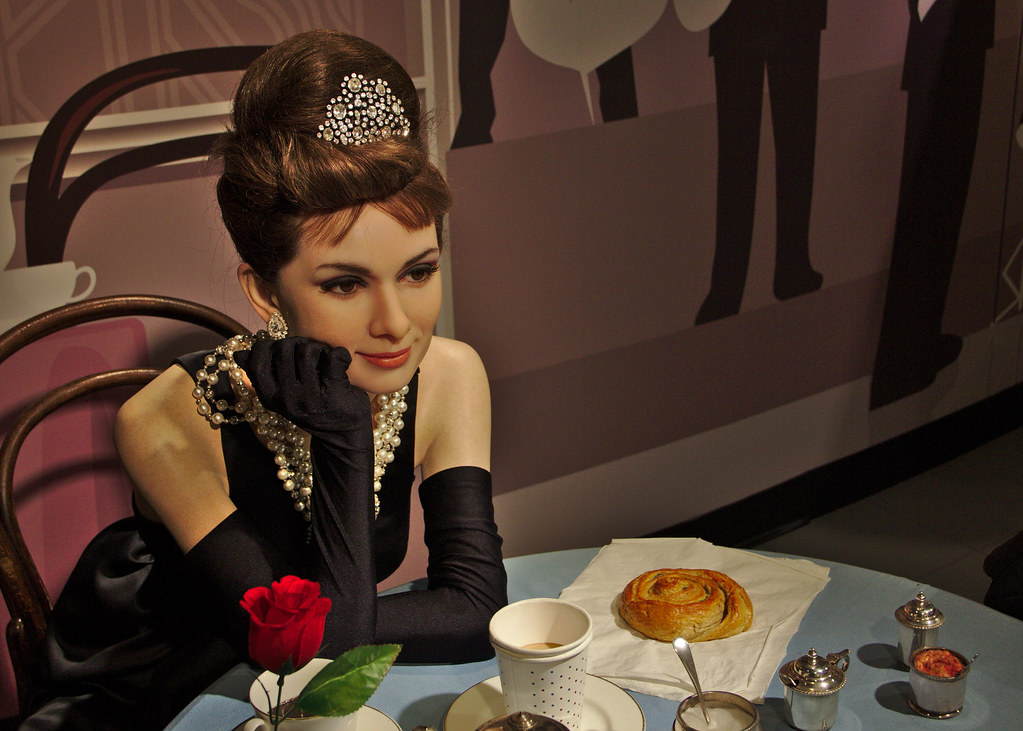
9. **Further Cinematic Triumphs: From ‘Charade’ to ‘My Fair Lady’**Following these successes, Hepburn continued to showcase her versatility across genres. In 1963, she charmed audiences in the comic thriller ‘Charade’, opposite Cary Grant. Grant, aware of their age difference, insisted on script alterations to ensure Hepburn’s character initiated the romantic pursuit, leading to a genuinely positive filming experience and his famous declaration, “All I want for Christmas is another picture with Audrey Hepburn.” Her performance secured her a third BAFTA Award and another Golden Globe nomination.
A less successful reunion with William Holden occurred in ‘Paris When It Sizzles’ (1964), a production reportedly fraught with difficulties, though critics often praised Hepburn’s performance amidst the film’s “marshmallow-weight hokum.” This period demonstrated her unwavering professionalism even when projects encountered headwinds, solidifying her reputation as a resilient performer.
The year 1964 also brought George Cukor’s film adaptation of ‘My Fair Lady’, a casting decision that generated considerable controversy. Julie Andrews, the Broadway original, was overlooked for Hepburn, deemed a more “bankable” star by producer Jack L. Warner. Further friction arose when, despite extensive vocal preparation, Hepburn’s singing was dubbed by Marni Nixon, a decision that initially upset the actress.
Yet, the film proved a resounding success, and Hepburn’s portrayal of Eliza Doolittle earned widespread critical acclaim. Bosley Crowther of The New York Times declared she “superbly justifies the decision” to cast her, while Soundstage praised her as “magnificent” and “Eliza for the ages.” Time magazine called her “graceful, glamorous performance” the “best of her career,” underscoring her enduring appeal and artistic triumph in one of Hollywood’s most beloved musicals.
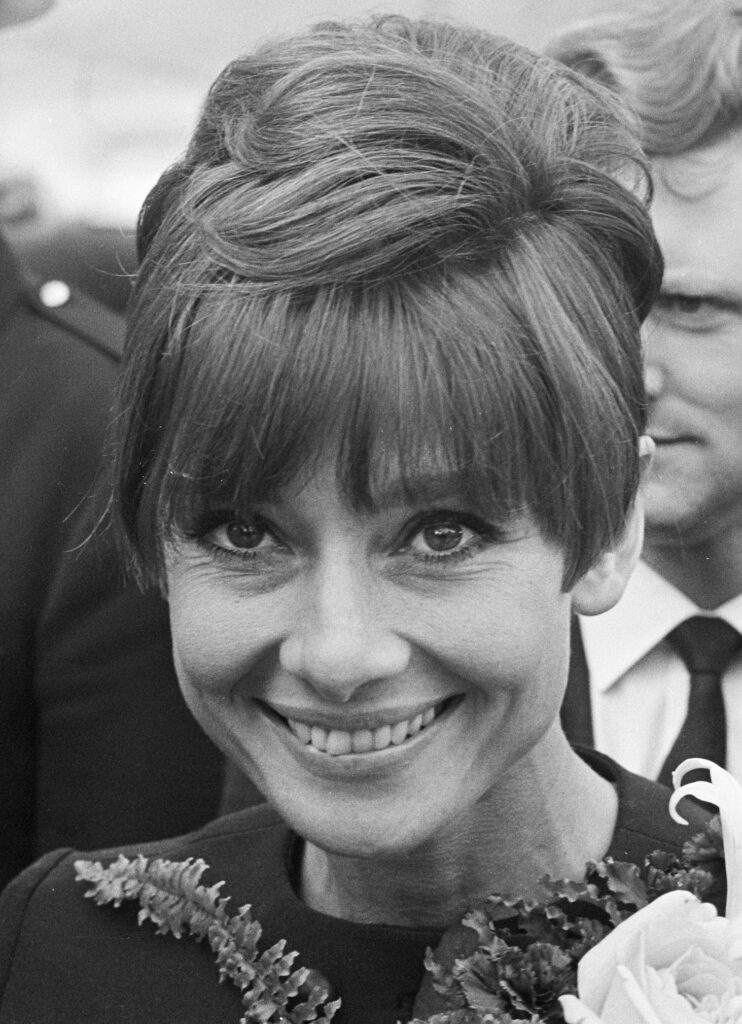
10. **Dramatic Evolution and the Threshold of Semi-Retirement: ‘Two for the Road’ and ‘Wait Until Dark’**
As the 1960s drew to a close, Audrey Hepburn’s filmography reflected a deepening artistic maturity and a willingness to explore more intricate emotional landscapes. In 1966, she starred in the heist comedy ‘How to Steal a Million’, captivating audiences with her resourceful portrayal of an art forger’s daughter alongside Peter O’Toole, demonstrating her continued mastery of sophisticated comedic timing.
The year 1967 brought two films that underscored her evolving dramatic capabilities and hinted at a significant shift in her career trajectory. ‘Two for the Road’, a non-linear British dramedy, offered a poignant, realistic examination of a couple’s troubled marriage. Director Stanley Donen noted Hepburn’s newfound freedom and happiness during filming, attributing it to her collaboration with co-star Albert Finney, showcasing her ability to bring relatable complexity to adult relationships.
Her final film of the decade, and the one that earned her last competitive Academy Award nomination, was the suspense thriller ‘Wait Until Dark’ (1967). Hepburn delivered a compelling, tour-de-force performance as Susy Hendrix, a terrorized blind woman. The production was personally challenging, filmed during her divorce from Mel Ferrer, but her portrayal garnered immense critical praise, with Bosley Crowther commending her skill in manifesting terror and attracting “sympathy and anxiety,” firmly cementing her dramatic prowess.
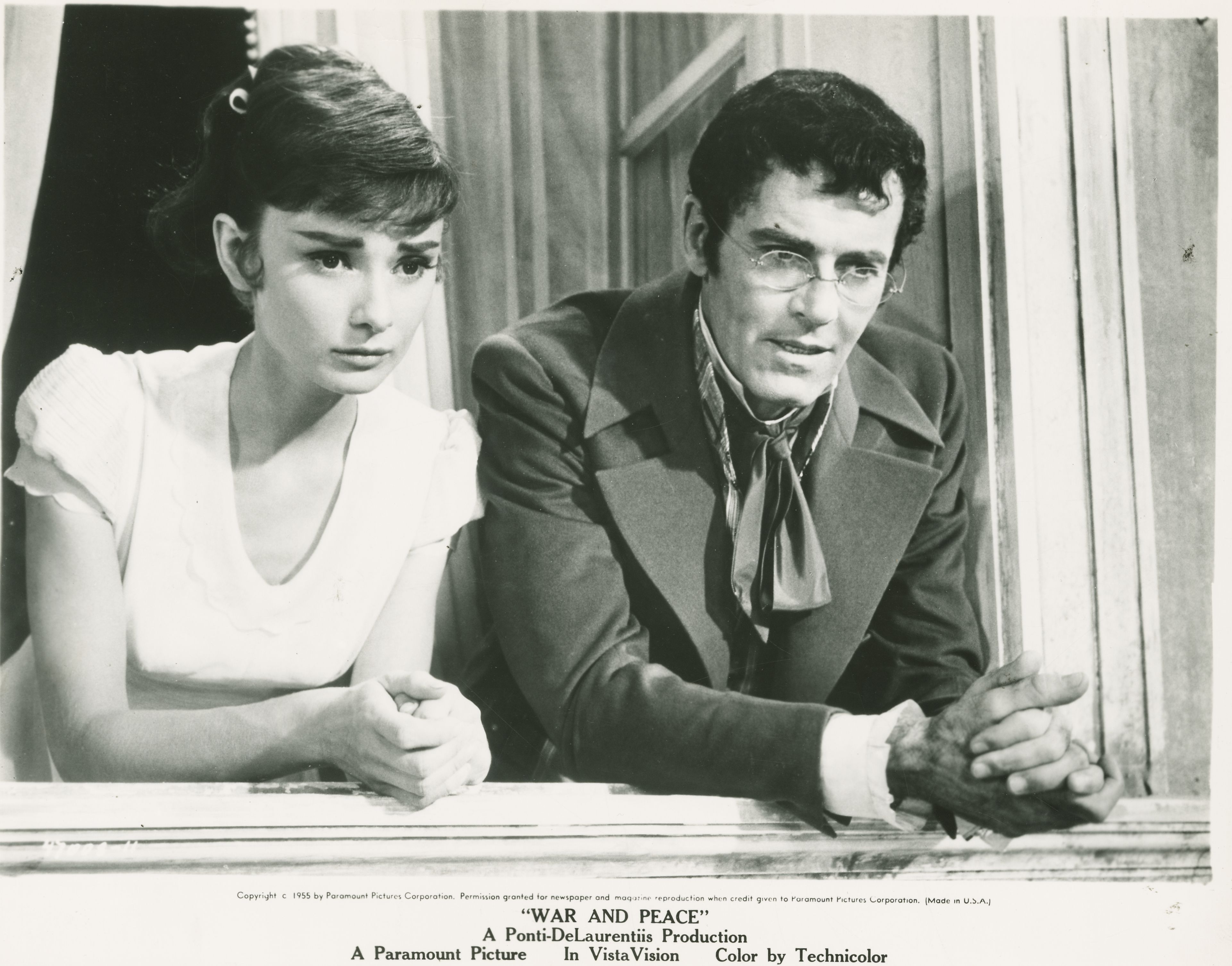
11. **Embracing a New Chapter: Semi-Retirement and Final Screen Appearances**After 1967, Audrey Hepburn deliberately stepped back from the relentless demands of a full-time acting career, choosing to prioritize her family life. Her film appearances became notably infrequent, signaling a profound shift in her personal and professional priorities, moving beyond the constant glare of Hollywood to focus on her children and well-being.
Despite her semi-retirement, Hepburn made occasional, carefully chosen returns to the screen. In 1976, she appeared as Maid Marian in ‘Robin and Marian’, opposite Sean Connery. Roger Ebert praised their “marvellously complex, fond, tender” chemistry, noting how they “glow” and “really do seem in love,” a testament to her enduring screen presence and ability to forge deep on-screen connections.
Her later cinematic efforts included ‘Bloodline’ (1979), an international intrigue film that proved critically and commercially unsuccessful, and her last starring role in ‘They All Laughed’ (1981). This Peter Bogdanovich comedy was overshadowed by tragic events and received limited release. Hepburn’s very last motion picture appearance was a poignant cameo as an angel in Steven Spielberg’s ‘Always’ (1989), a brief, ethereal farewell to the silver screen.
Beyond film, she completed two acclaimed entertainment projects: the PBS documentary series ‘Gardens of the World with Audrey Hepburn’ (posthumously earning an Emmy) and the spoken-word album ‘Audrey Hepburn’s Enchanted Tales’ (posthumously earning a Grammy). These final endeavors elegantly underscored her lasting grace and her evolving, heartfelt commitment to children, a prelude to her ultimate life’s calling.
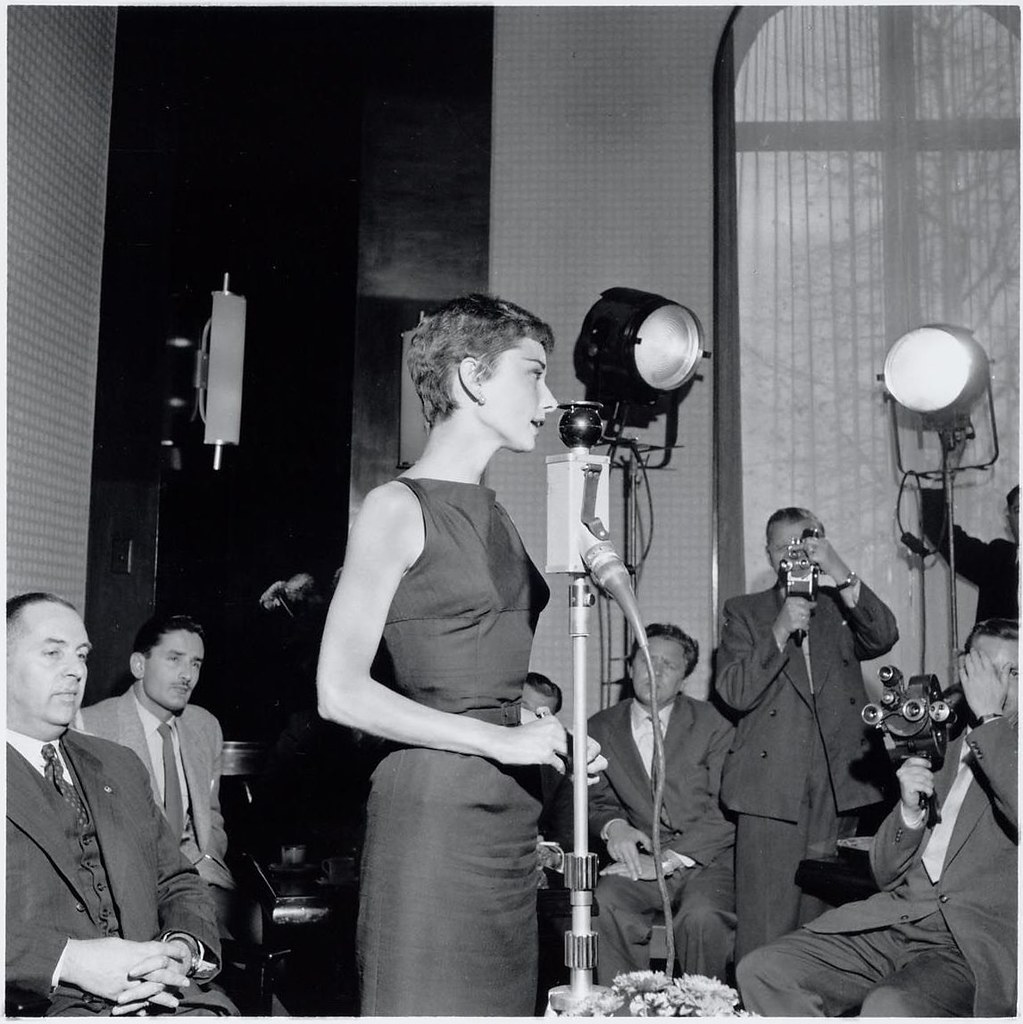
12. **A Voice for the Vulnerable: Becoming a UNICEF Goodwill Ambassador**While Audrey Hepburn’s film career captured global adoration, her dedication to humanitarian causes in her later years emerged as her most profound legacy. Her association with UNICEF began in the 1950s, when she narrated radio programs retelling children’s stories of war, experiences that resonated deeply with her own traumatic childhood during World War II.
The profound impact of wartime suffering and receiving international aid instilled in Hepburn a lifelong sense of gratitude and purpose. Upon her official appointment as a UNICEF Goodwill Ambassador in 1989, she expressed a desire to “show her gratitude to the organisation,” recognizing its role in aiding children like herself. This was not a symbolic title but a deeply personal mission, driven by a visceral understanding of vulnerability.
Hepburn embraced this new chapter with the same unwavering intensity she brought to her most demanding roles. She transformed her global celebrity into a powerful instrument for advocacy, embarking on challenging field missions to the world’s most impoverished regions. Her commitment marked a remarkable pivot in her life’s work, shifting from performing for audiences to tirelessly bearing witness and speaking out for the voiceless.
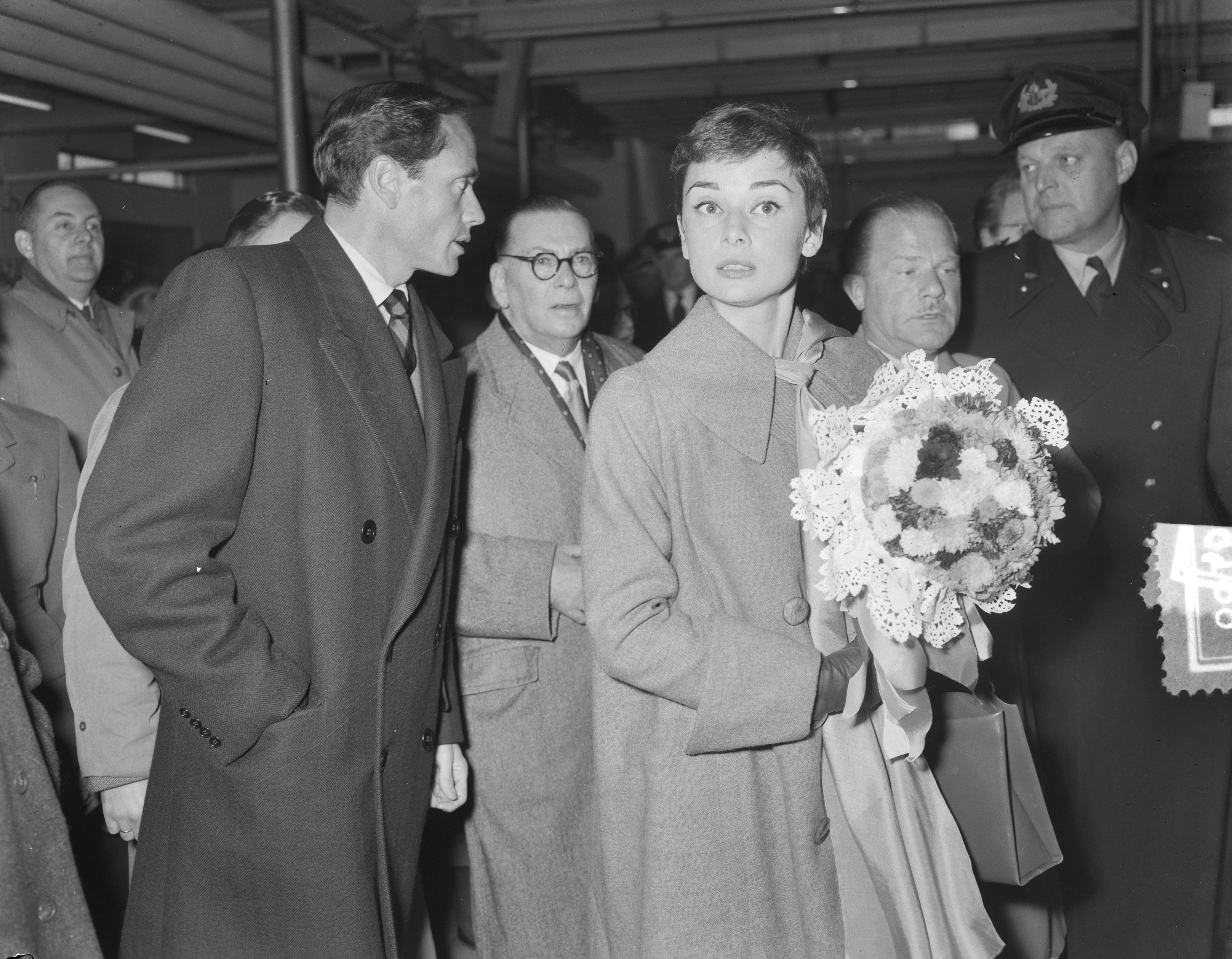
13. **Global Humanitarian Missions: Bearing Witness to Suffering**Between 1988 and 1992, Audrey Hepburn’s role as a UNICEF Goodwill Ambassador led her to the world’s most desperate communities across Africa, South America, and Asia. Her inaugural field mission to Ethiopia in 1988, witnessing 500 starving children in a Mek’ele orphanage, left her with a “broken heart” and a profound realization: “we’re all one world. I want people to know that the largest part of humanity is suffering.”
Her tireless efforts continued, including an immunization campaign in Turkey in August 1988, which she praised as “the loveliest example” of UNICEF’s logistical capabilities, mobilizing local resources to vaccinate an entire country in ten days. That October, in Venezuela and Ecuador, she observed the “miracle” of UNICEF bringing essential water systems and materials for school construction to remote mountain communities and shantytowns.
In February 1989, she toured Central America, advocating with leaders in Honduras, El Salvador, and Guatemala. A harrowing mission to Sudan in April 1989, part of “Operation Lifeline” amidst civil war, exposed her to immense suffering. She unequivocally declared, “These are not natural disasters but man-made tragedies for which there is only one man-made solution – peace.”
Hepburn’s deep compassion shone through her interactions. UN photographer John Isaac noted how she would “just go hug” children covered in flies, describing her as “the Pied Piper” for her ability to draw them close. Her final, “apocalyptic” mission to Somalia in September 1992, just months before her death, confronted her with “nothing like this – so much worse than I could possibly have imagined,” yet her spirit of advocacy remained unbroken.
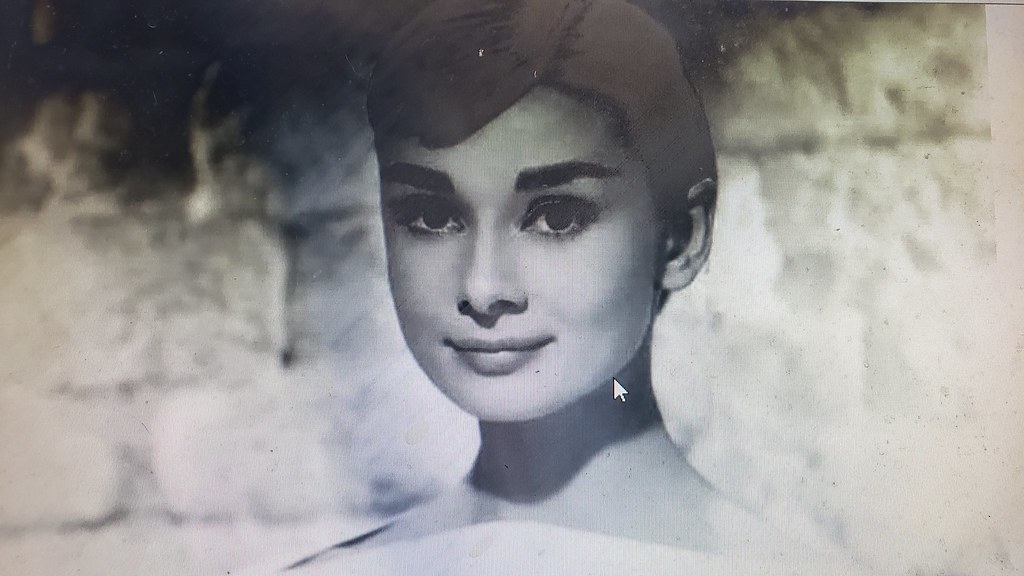
14. **An Enduring Legacy: Recognition and a Final Message of Hope**Audrey Hepburn’s humanitarian work garnered significant international recognition, validating her unwavering commitment. In December 1992, President George H. W. Bush awarded her the US Presidential Medal of Freedom for her impact as a UNICEF Goodwill Ambassador. The Academy of Motion Picture Arts and Sciences posthumously honored her with the Jean Hersholt Humanitarian Award, cementing her dual legacy as a cinematic icon and a global humanitarian.
Her profound dedication to children continues to inspire. In 2002, UNICEF unveiled “The Spirit of Audrey” statue at its New York headquarters, a permanent tribute. The United States Fund for UNICEF’s Audrey Hepburn Society actively perpetuates her mission, ensuring her advocacy for children’s welfare remains a vibrant and influential force for generations to come.
Despite witnessing immense suffering, Hepburn consistently articulated a message of hope and steadfast purpose. Her reflections, delivered shortly before her passing, captured her clear-eyed vision: “As we move into the twenty-first century… People still live in abject poverty, people are still hungry, people still struggle to survive.” Yet, her ultimate focus always returned to the vulnerable.
Read more about: Michaela DePrince: A Ballerina’s Enduring Legacy, From War-Torn Childhood to Global Stage and Beyond
“And among these people we see the children, always the children: their enlarged bellies, their sad eyes, their wise faces that show the suffering, all the suffering they have endured in their short years.” This poignant observation encapsulated her life’s journey from a war-scarred child to a beacon of hope. Audrey Hepburn’s legacy transcends glamour; it is a testament to resilience, compassion, and the transformative power of a life dedicated to making a tangible difference in the world. Her final message was a call to recognize, protect, and uplift children, echoing her belief that “we’re all one world.”


